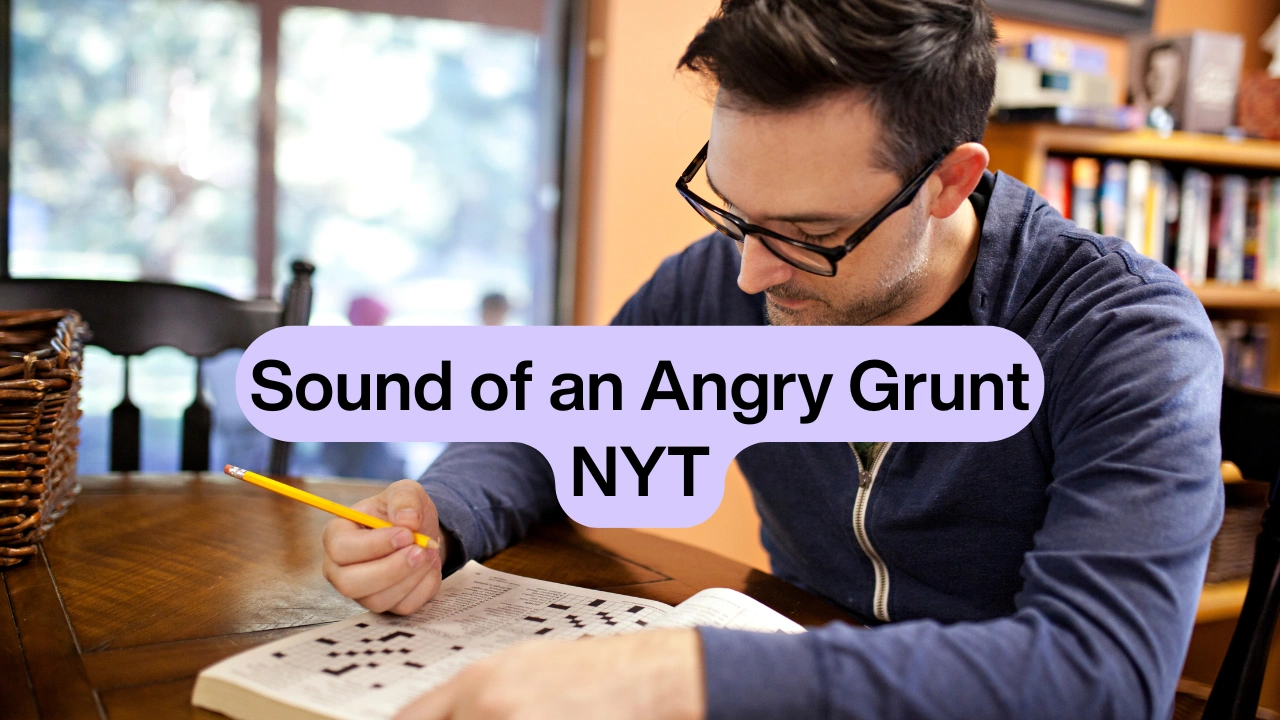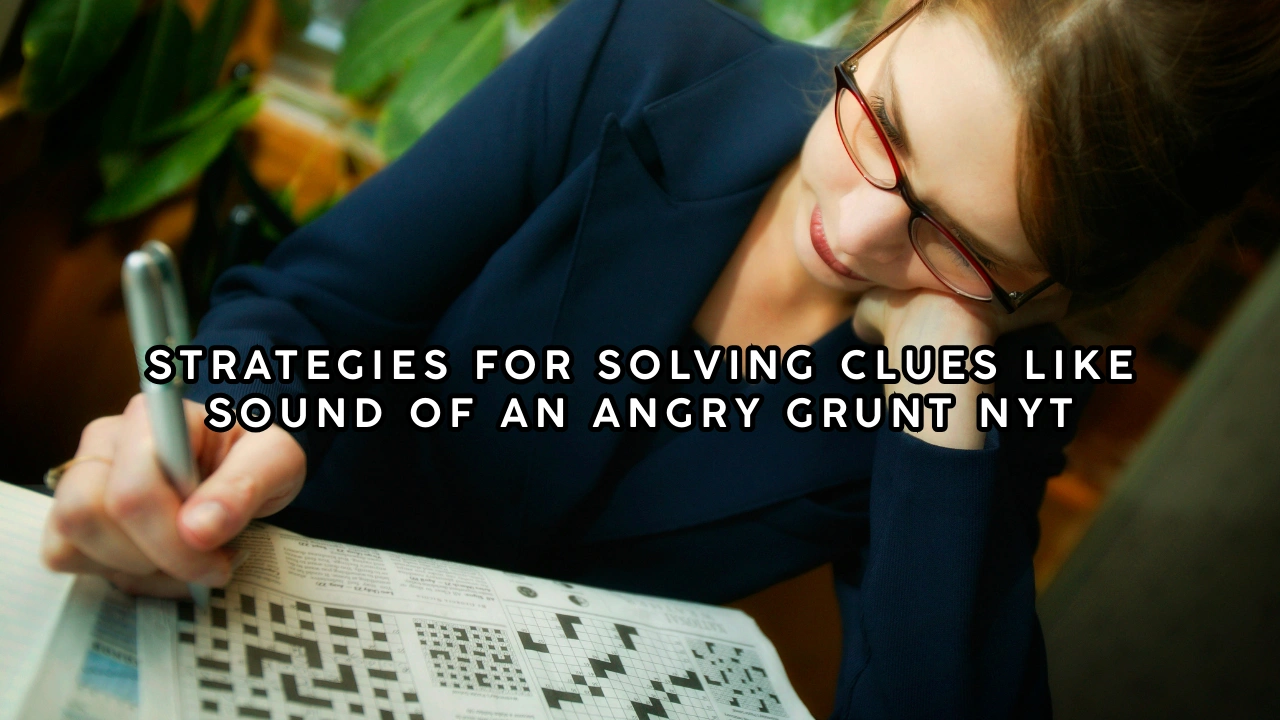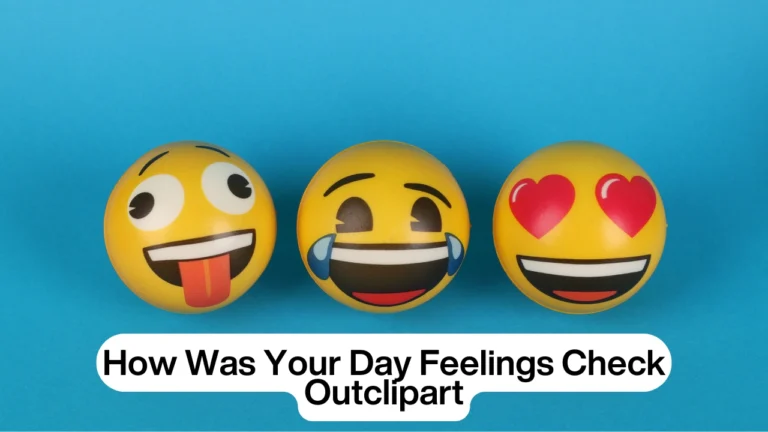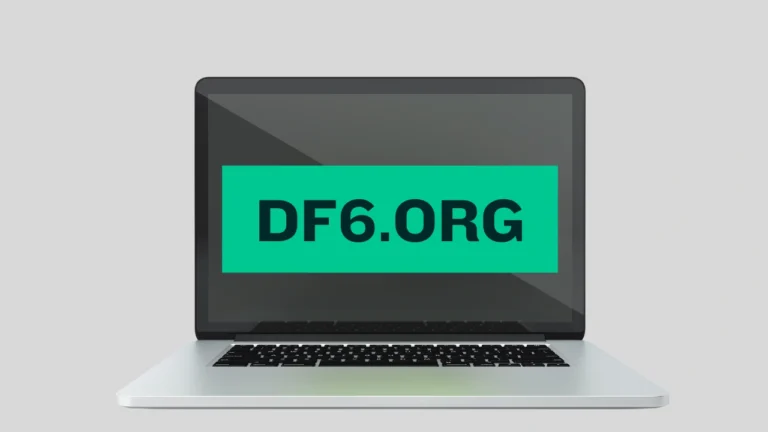Sound of an Angry Grunt NYT: Crossword Puzzle Clue Decoded

The sound of an angry grunt NYT has puzzled and intrigued crossword enthusiasts, particularly fans of the New York Times Mini Crossword. As a frequent clue in crossword puzzles, this phrase captures the clever wordplay and everyday relatability that make solving crosswords so engaging. This article dives into the context, solution, and significance of the “sound of an angry grunt” clue and its role in enriching the crossword-solving experience.
What is the Sound of an Angry Grunt NYT?
The sound of an angry grunt is a clue that often challenges players to think beyond literal interpretations. This clue was notably featured in the April 24, 2024, New York Times Mini Crossword. The solution, “HUMPH,” is a five-letter word that encapsulates the essence of an angry grunt—a short, guttural sound used to express frustration or displeasure.
Crossword solvers know that Mini Crossword clues are concise, requiring quick thinking and linguistic creativity. It exemplifies this approach, using an everyday expression to add depth and relatability to the puzzle. By connecting a common sound to a word, the clue tests solvers’ ability to think critically and recognize onomatopoeic expressions.
Decoding the Answer: Why “HUMPH”?
The answer to the sound of an angry grunt NYT clue, “HUMPH,” is a perfect example of an onomatopoeic word. Onomatopoeia refers to words that mimic the sounds they describe, and “humph” captures the short, sharp grunt often associated with annoyance or disapproval. This word is not just a sound but also an expression of emotion, making it a clever and fitting choice for the clue.
In the context of crossword puzzles, “humph” offers solvers a satisfying “aha” moment. The connection between the clue and the answer relies on recognizing the sound’s emotional tone and translating it into a written form. This interplay of sound and meaning is a hallmark of crossword puzzle design, adding an extra layer of enjoyment for players.
The Role of Onomatopoeia in Crossword Clues
The sound of an angry grunt clue highlights the creative use of onomatopoeia in crossword puzzles. Words like “humph” are inherently evocative, immediately conjuring the sound and emotion they represent. This makes them ideal for clues that aim to challenge solvers’ linguistic intuition.
Onomatopoeic words also bridge the gap between language and experience. When solvers encounter a clue like sound of an angry grunt NYT, they are prompted to recall the actual sound of a grunt and identify its linguistic equivalent. This connection engages both cognitive and sensory processes, enhancing the puzzle-solving experience.
Why Crossword Puzzles Love Everyday Expressions
Crossword puzzles often draw inspiration from everyday language, using common phrases, sounds, and idioms as clues. The sound of an angry grunt is a prime example of this trend. By incorporating familiar expressions, puzzles become more relatable and accessible, encouraging solvers to draw on their own experiences and knowledge.
This approach also makes crossword puzzles more engaging. Solvers feel a sense of accomplishment when they recognize a clue’s reference to something they encounter in daily life. The sound of an angry grunt clue taps into this dynamic, turning a simple sound into a memorable and rewarding puzzle element.
Crossword Clues Similar to Sound of an Angry Grunt NYT
| Clue | Answer | Description |
|---|---|---|
| Sound of an angry grunt | HUMPH | Represents frustration or displeasure, often used in the New York Times Mini Crossword. |
| Disapproving sound | TSK | Mimics a sound of disapproval, commonly uttered when someone makes a mistake or acts improperly. |
| Exasperated sigh | UGH | Expresses frustration or annoyance, often linked to tiring or irritating situations. |
| Sound of relief | AHH | Represents a vocalization of relaxation or satisfaction, such as after drinking water. |
| Startled cry | EEK | Mimics a quick reaction of fear or surprise, often linked to sudden events or discoveries. |
| Disapproving tut | TUT | Another sound of disapproval, similar to “tsk,” but often softer or more polite. |
| Growling noise | GRR | Represents a low, angry growl, often associated with frustration or an animal’s warning sound. |
| Hesitation sound | ERM | Mimics a pause in speech, often signaling uncertainty or hesitation in conversation. |
This table illustrates how crossword clues often use onomatopoeic expressions and vocal sounds to evoke emotions, making puzzles engaging and relatable.
Strategies for Solving Clues Like Sound of an Angry Grunt NYT
Solving a clue like sound of an angry grunt requires a combination of linguistic awareness and contextual thinking. Here are a few strategies that can help:

- Consider the Sound: Think about the actual noise an angry grunt makes. What words mimic that sound? Onomatopoeic words like “humph,” “grunt,” or “ugh” are common answers.
- Pay Attention to Clue Length: Crossword clues often indicate the length of the answer. In this case, the five-letter requirement helps narrow down possible solutions.
- Think About Emotional Context: An angry grunt conveys frustration or annoyance. Focus on words that capture this emotion in a simple, relatable way.
- Use Crossword Patterns: If you’ve already filled in some letters, use the pattern to guide your guess. For example, if you have “H_M_H,” the answer “humph” becomes clear.
How the Sound of an Angry Grunt NYT Adds Depth to the Puzzle
The clue showcases the creativity and ingenuity of crossword puzzle design. By using a simple sound as the basis for a clue, the puzzle invites solvers to think critically about language and its connection to everyday experiences. This approach not only tests players’ vocabulary but also engages their ability to recognize patterns and make associations.
In the context of the New York Times Mini Crossword, clues like sound of an angry grunt reflect the puzzle’s focus on concise, clever wordplay. The Mini Crossword is designed to be a quick yet challenging exercise, and clues like this one contribute to its unique appeal. Solvers are encouraged to think outside the box, finding joy in the process of discovery.
The Cultural Relevance of Angry Grunts
Beyond crossword puzzles, the sound of an angry grunt NYT reflects a universal human experience. Angry grunts are a common form of non-verbal communication, used to express irritation, impatience, or dissatisfaction. These sounds are instantly recognizable, transcending language barriers and cultural differences.
In literature, film, and everyday life, angry grunts are often used to convey a character’s emotions or reactions. This makes them a relatable and memorable element, both in storytelling and in puzzles. The clue taps into this cultural significance, adding depth and resonance to the puzzle-solving experience.
Conclusion
The sound of an angry grunt NYT is more than just a crossword clue; it is a testament to the power of language and its ability to capture human experiences. From its clever use of onomatopoeia to its connection with everyday emotions, this clue exemplifies the creativity and relatability that make crossword puzzles so beloved.
Whether you’re a seasoned crossword solver or a casual player, encountering clues like sound of an angry grunt NYT is a reminder of the joy and challenge that puzzles bring. By blending linguistic ingenuity with real-world relevance, this clue offers a glimpse into the artistry of crossword design, making each solve a rewarding journey of discovery.
Frequently Asked Questions
Why are sound-based clues popular in crosswords?
Sound-based clues are relatable and universally understood, making them engaging and fun for solvers of all skill levels.
What are common examples of sound-related crossword answers?
Common answers include “AHH” (relief), “GRR” (anger), “TUT” (disapproval), and “EEK” (surprise).
How can I solve crossword clues involving sounds?
Think about the emotion or scenario described in the clue and match it with a sound you’d naturally associate with that feeling.
Are sound-based crossword clues usually short?
Yes, they are typically short, often three to five letters, because they mimic simple vocalizations or noises.






